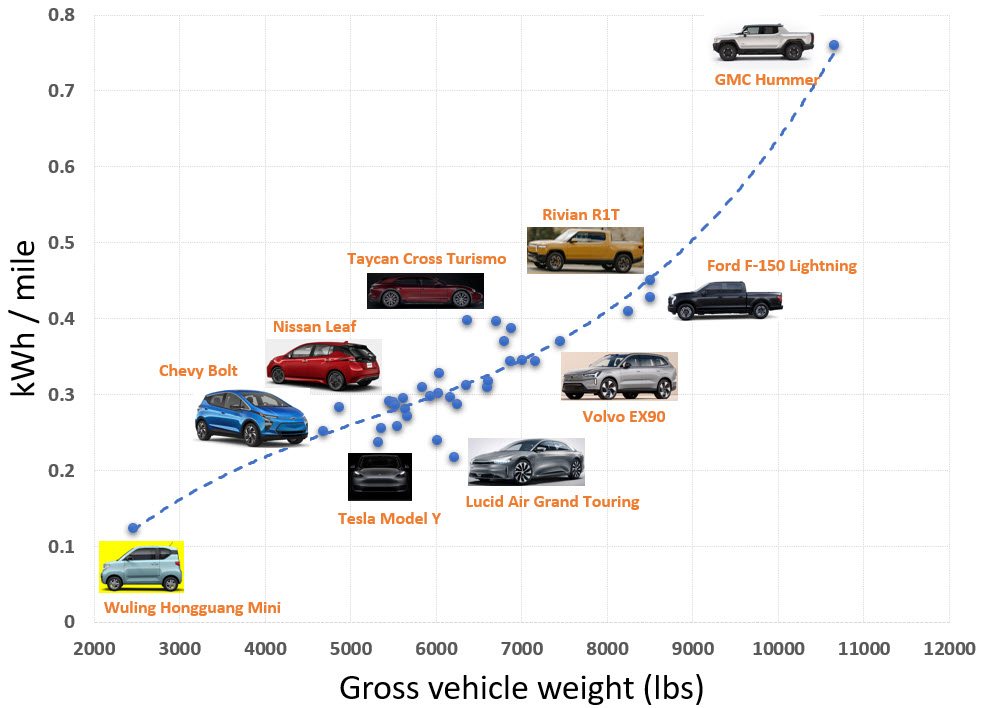
Energy consumption of electric vehicles
![]()
Summary of per mile energy consumption of leading electric vehicles. Looking cool in the electric Hummer? Check. Helping the environment? Not so much.

![]()
Summary of per mile energy consumption of leading electric vehicles. Looking cool in the electric Hummer? Check. Helping the environment? Not so much.

![]()
Watch this fun video for a take by ChatGPT on the wavering stance of OEMs on BEVs and ICEs
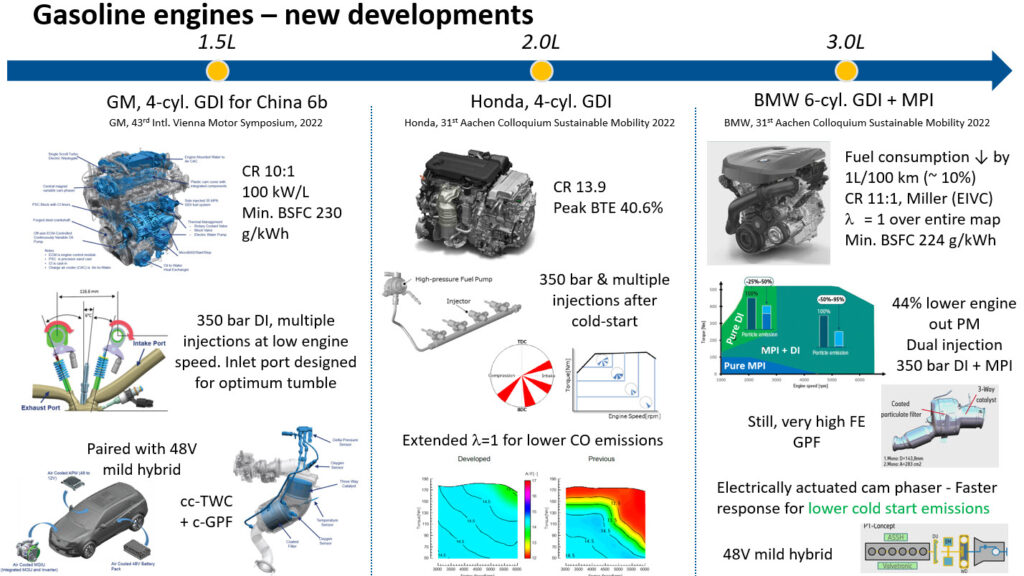
![]()
Yes, OEMs continued developments of new gasoline engines in 2022. Here’s a short write-up of key technologies added covering a range of 1.5L to 3L engines.
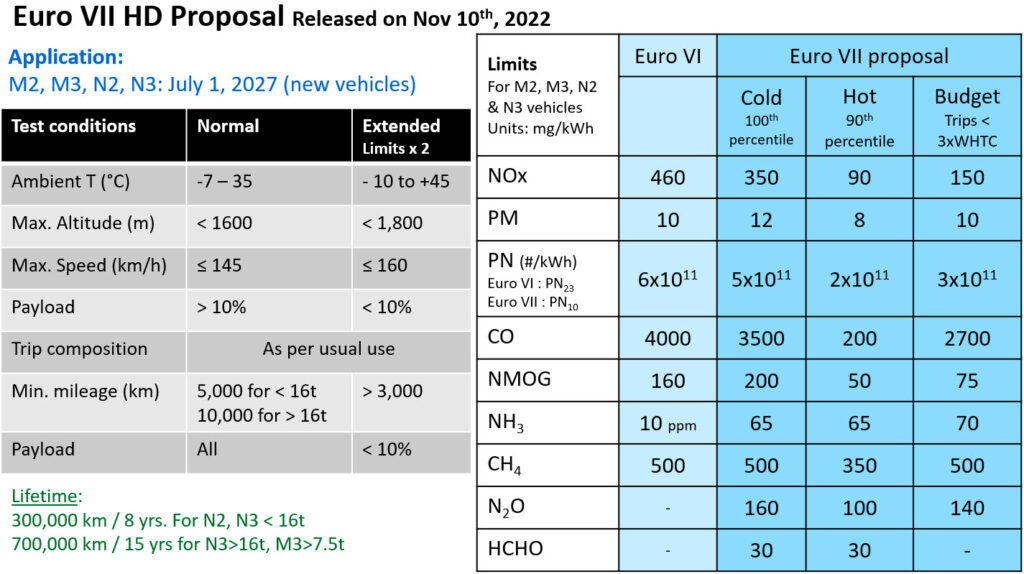
![]()
The EU Commission has proposed Euro 7 / VII emission standards for light- and heavy-duty vehicles. Here is a quick tabular summary.
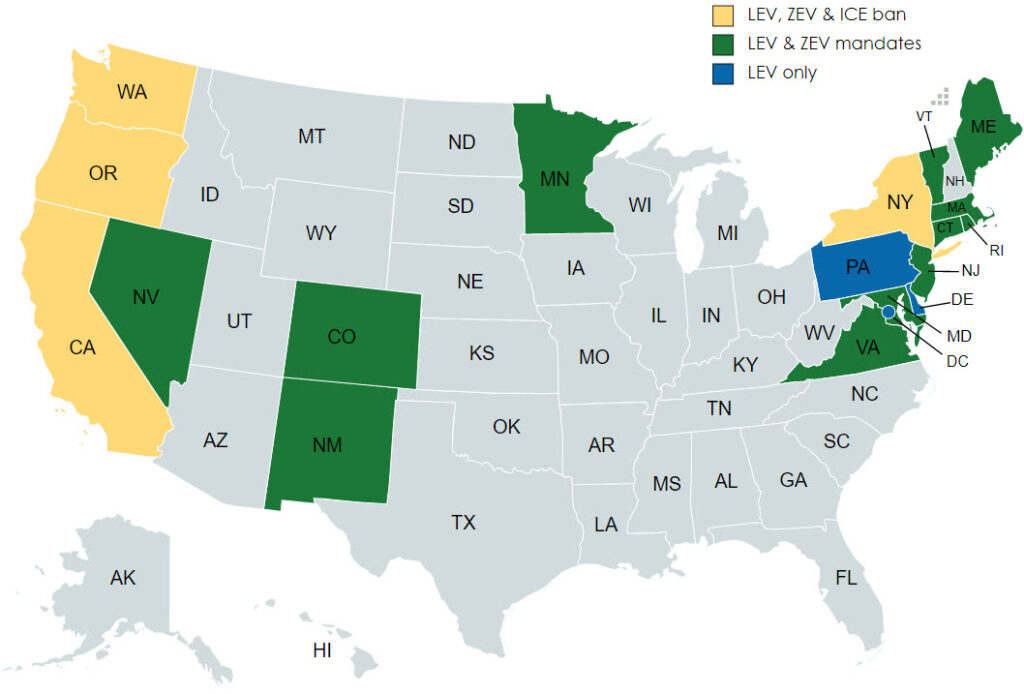
![]()
Around 40% of the US now follows California’s tougher-than-federal criteria pollutant standards. Here’s a summary of the latest, including followers of the Advanced Clean Cars rule.
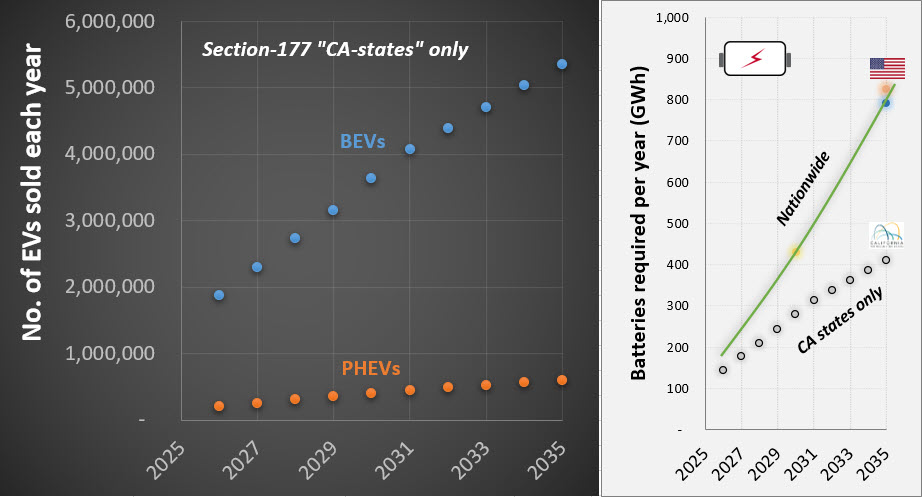
![]()
California’s Air Resources Board has published the proposal for Advanced Clean Cars II, which aims for 100% EV share by 2035. Here’s a look at some of the regulatory elements and the implications for batteries.
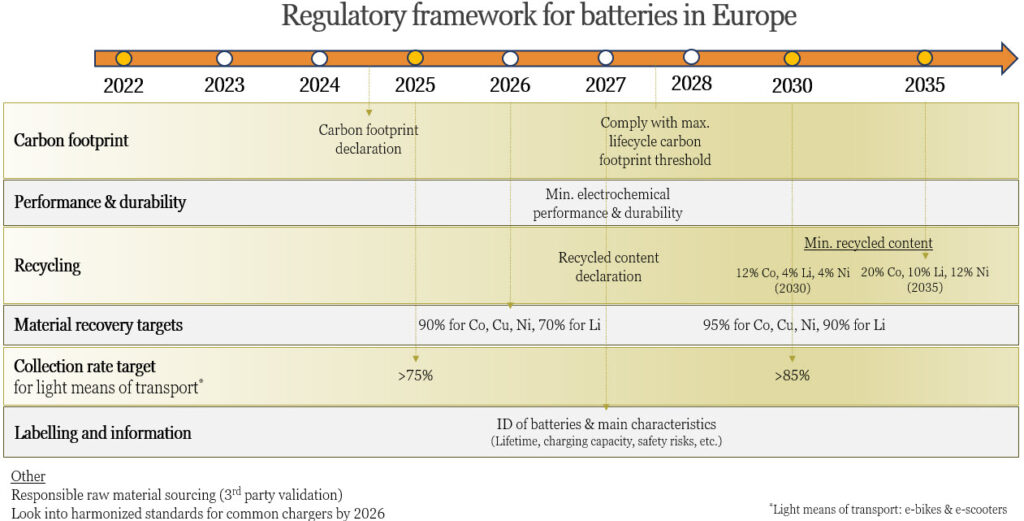
![]()
A summary of the recently adopted regulatory framework for batteries in Europe, as it applies to e-mobility.
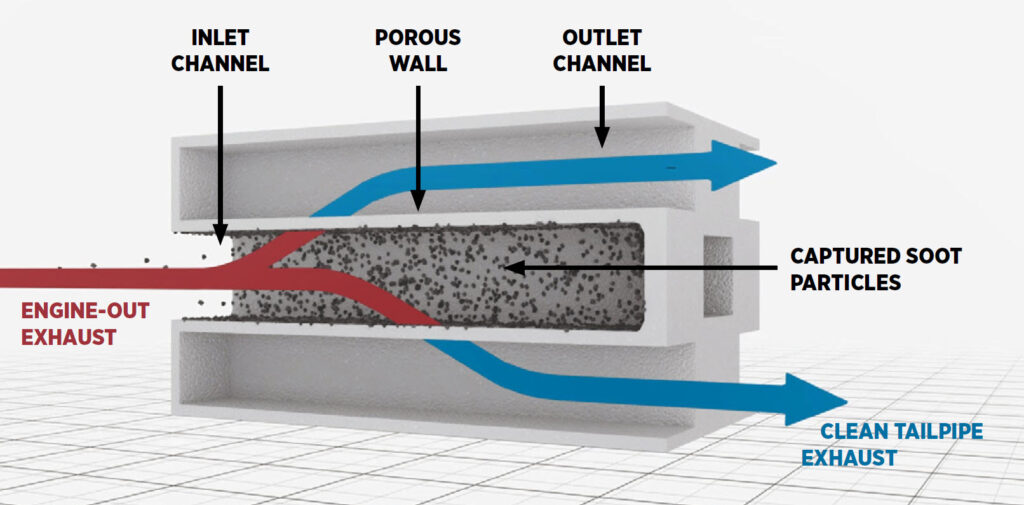
![]()
Each year, millions of people die prematurely because of exposure to fine particles emitted as a result of fossil fuel combustion. Europe and China have taken steps to address particulates from passenger cars. Upcoming US regulations provide an opportunity to catch up.

![]()
If you have not heard of the term “Environmental Justice” or “EJ” as it is abbreviated, then it’s time to read up. Policy makers have to pay close attention to this topic in the quest for a rapid transition to greener energy and mobility.
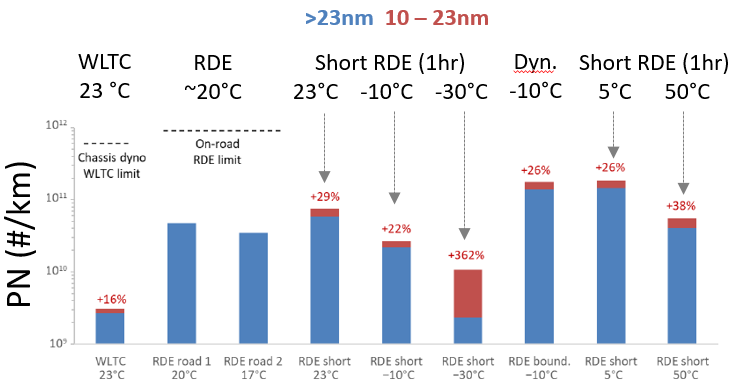
![]()
GPFs work well under wide operating conditions. But, very higher filtration will be needed for Euro 7. Journal Paper Review : Particle Number Emissions of a Euro 6d-Temp Gasoline Vehicle under Extreme Temperatures and Driving Conditions https://www.mdpi.com/2073-4344/11/5/607 Background Tailpipe particle number (PN) measurements were done on a Euro 6d-temp vehicle with a close-coupled TWC and uncoated GPF in the underfloor position. Ambient temperature and driving conditions were varied. Key Takeaway (1) The tailpipe PN emissions were well below the Euro 6d limit over a wide range of ambient temperatures (-30 to + 50 C), when driving aggressively (dynamic RDE) and under stop & go conditions (“Transport for London, TfL” test), and even when including particles down to 10 nm. Key Takeaway (2) Tailpipe PN emissions were low even at very low ambient temperatures. Surprisingly the emissions peaked at 5 deg C and not at the lowest temperature (PN is expected to increase with low ambient temp. due to fuel impingement on colder surfaces and incomplete combustion). However, the authors point out that a dynamic RDE test was done before the testing at 5 C, so that the filter was most likely passively regenerated and was in a “clean” state (i.e. without